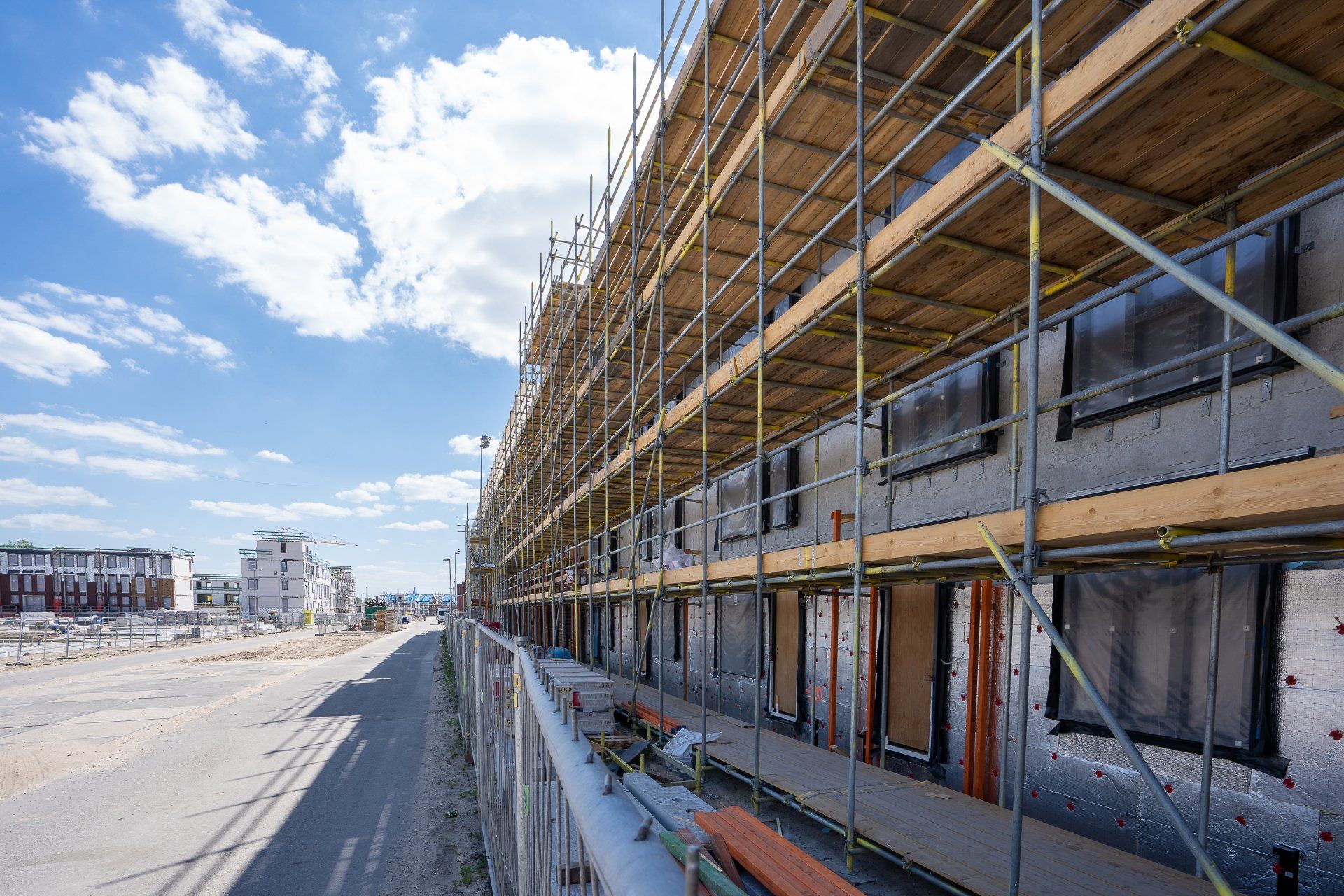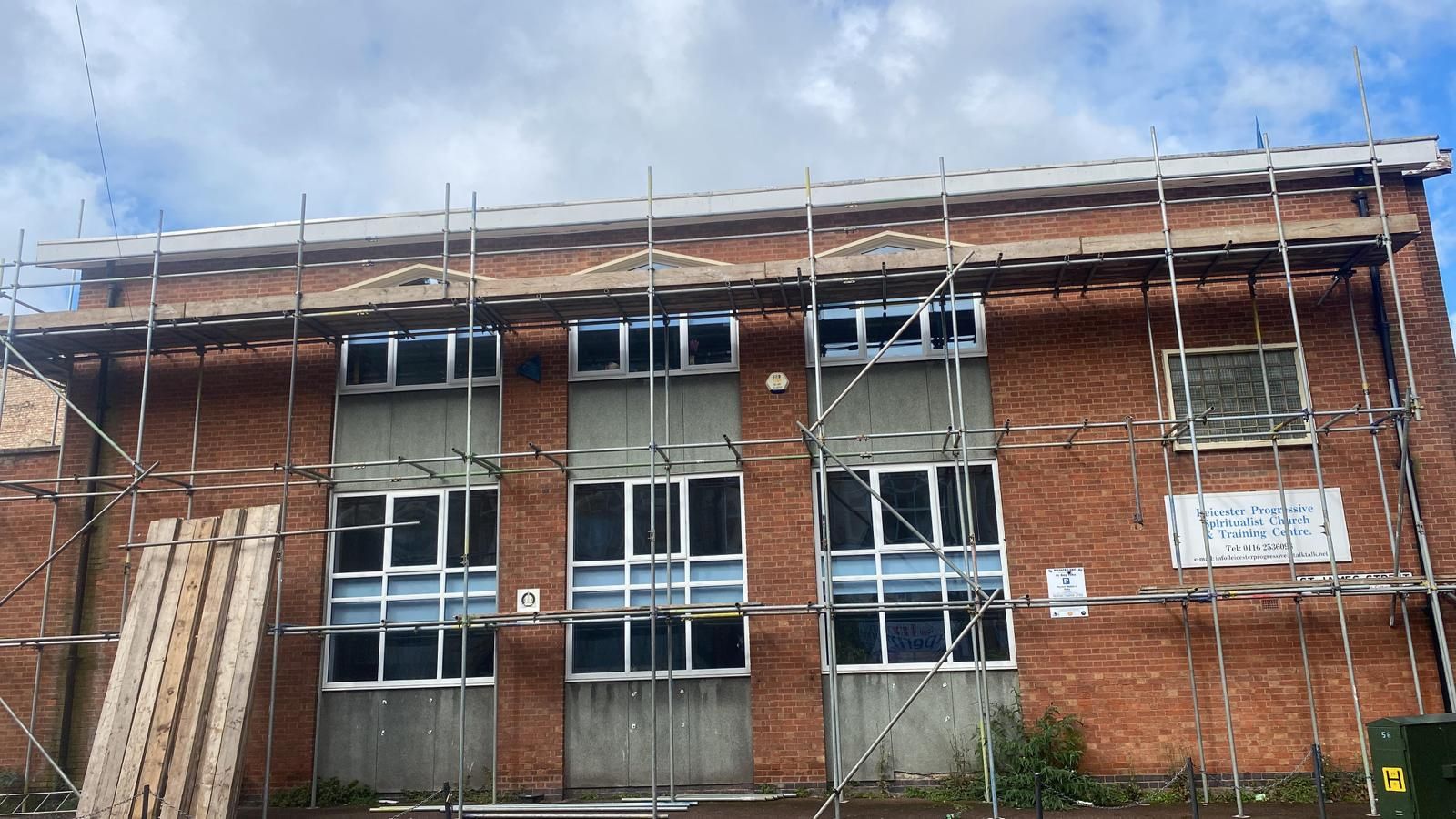Key Steps in the Process of Erecting Scaffolding at a Construction Site
The Key Steps for Erecting Scaffolding on Construction Sites in Leicester
Introduction
Scaffolding is a crucial component of any construction or renovation project, particularly in situations where workers are required to perform tasks at height. Correctly setting up scaffolding ensures workers' safety and enhances productivity by providing easy access to work areas. Given the potential risks associated with working at heights, it is essential to follow a systematic approach when erecting scaffolding. This blog post will outline the critical steps involved in setting up scaffolding, highlighting important safety considerations and best practices.
Planning and Site Assessment
1. Assess the Site: Before any scaffolding is erected, somebody in authority should conduct a thorough site inspection. This involves checking the ground conditions to ensure they can support the weight of the scaffolding and identifying any obstacles that might affect the scaffold's stability, such as uneven terrain, underground utilities, or overhead wires.
2. Determine the Type of Scaffolding Required: Based on the nature of the work, choose the appropriate type of scaffolding. Common types include supported scaffolds, suspended scaffolds, and adjustable scaffold systems. The choice will depend on factors such as the height at which the work will be carried out, the load capacity required, and the duration of the project.
Design and Material Procurement
3. Design the Scaffold Layout: Based on the site assessment and project requirements, design a scaffold layout that ensures safety and accessibility. This design should comply with all relevant safety regulations and standards. Consulting with a structural engineer is often beneficial, especially for complex configurations.
4. Procure Quality Materials: Source high-quality scaffolding materials that meet industry standards. Before use, check all components, such as tubes, couplers, scaffold boards, and safety gear, for defects or damage to prevent structural failures.
Assembly and Erection
5. Build a Solid Foundation: Lay down base plates and sole boards to evenly distribute the scaffold's weight, ensuring the foundation is stable and level. This step is crucial for preventing collapses.
6. Erect the Scaffolding: Assemble the scaffolding frame by frame, ensuring all components are securely fastened. Use cross bracing for added stability, and check that each section is level as you build upwards. Follow the manufacturer's guidelines meticulously to avoid any structural issues.
7. Install Safety Features: Incorporate necessary safety features such as guardrails, toe boards, and access ladders. Safety nets should be installed if there is a risk of falling objects. Ensure the work platform is wide enough to safely hold workers and their tools, and check that guardrails are at the correct height to prevent falls.
Inspection and Compliance
8. Inspect the Scaffolding: Once assembly is complete, the scaffolding should be inspected by a competent person to ensure it is structurally sound and safe for use. This inspection should be documented and kept on record. Regular inspections should follow, particularly after adverse weather conditions or any alterations.
9. Conduct Safety Briefings: Before work begins, conduct safety briefings for all personnel using the scaffolding. Ensure workers are trained in the proper use of scaffolding and understand the safety precautions they need to follow.
Maintenance and Disassembly
10. Maintain the Scaffold: Maintain the integrity of the scaffolding throughout the construction process. This involves regular checks and immediate repairs or adjustments as necessary.
11. Safely Dismantle the Scaffold: When the project is complete, or the scaffolding is no longer needed, it should be safely dismantled. This process should be carried out in reverse order of assembly, carefully lowering and removing components to prevent damage and injury.
Conclusion
Setting up scaffolding is a complex process requiring careful planning, adherence to safety standards, and meticulous attention to detail. By following these key steps, construction sites can ensure that their scaffolding systems are safe, stable, and suitable for the tasks at hand. Remember, the ultimate goal of properly erected scaffolding is to provide a secure working platform that protects workers from injury and contributes to the efficient completion of construction activities. Safety should always be the top priority, and cutting corners can lead to serious accidents and delays.
For further information, click here to visit our website or call Leicester Scaffolding Services JK on 0116 216 5534.
Click here to complete our contact form and see how we can help you with your scaffolding requirements.
You might also like
Contact us for a FREE Quote
We will get back to you as soon as possible
Please try again later



